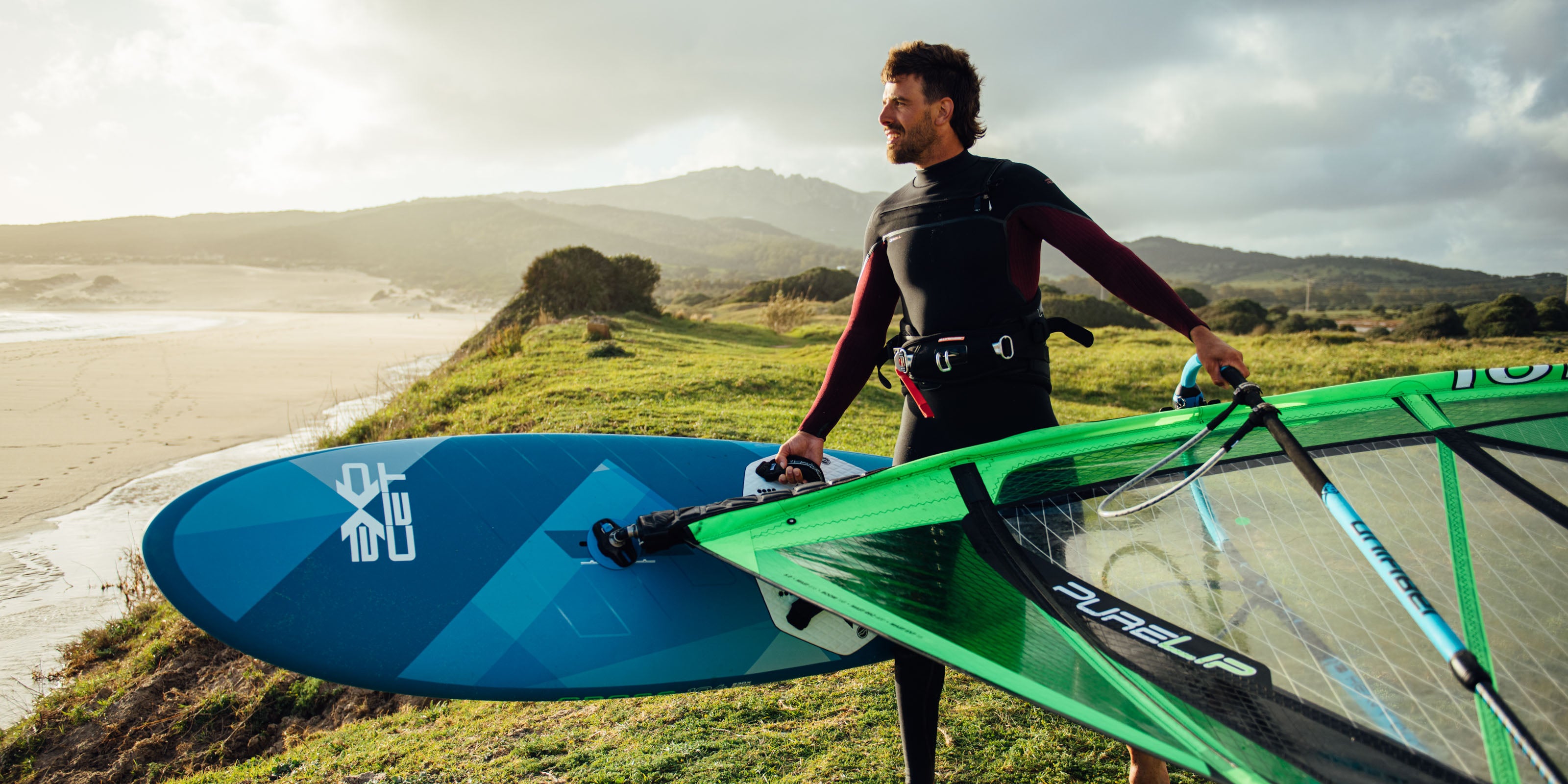
Unifiber
We’re gearing up for launch!
Discover Unifiber's premium range of windsurfing, SUP, and water sports equipment. Experience the perfect blend of performance and durability with Unifiber.
Store access
Enter password below to access the store
Store owner?
Login
